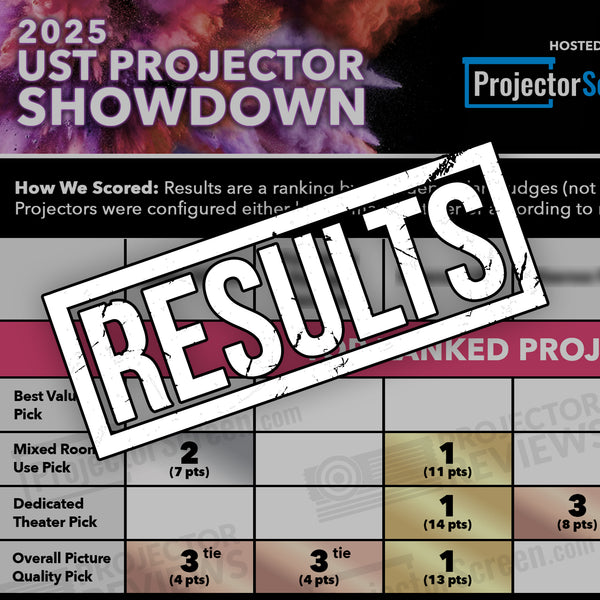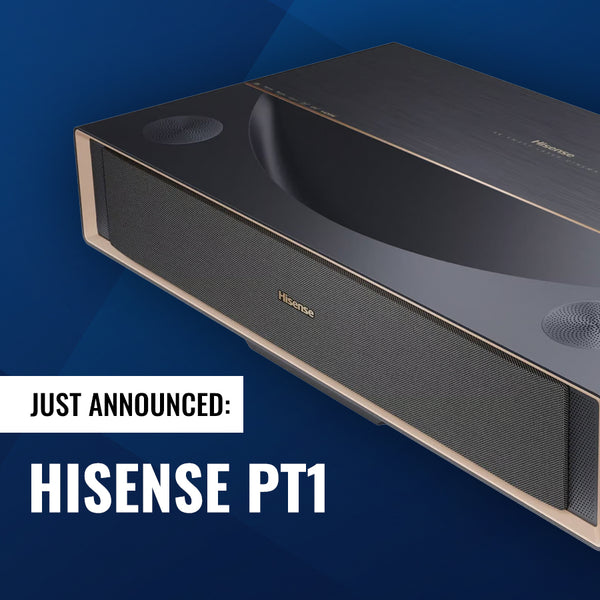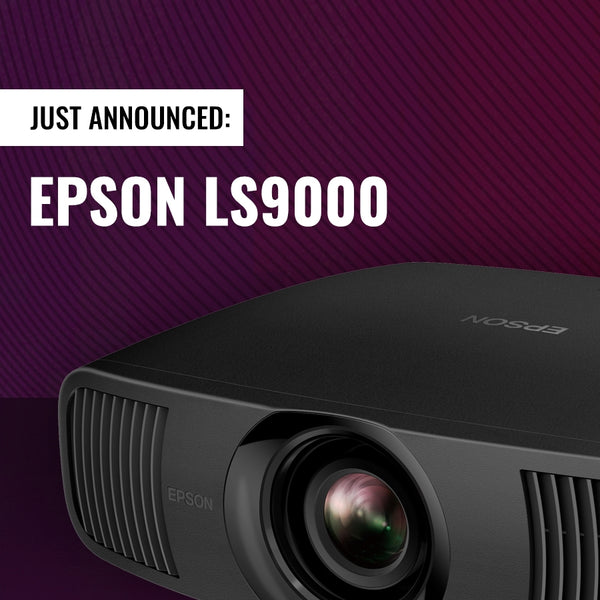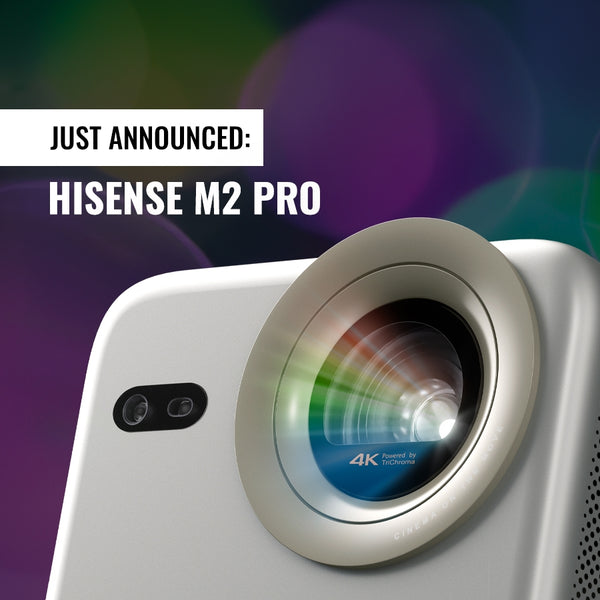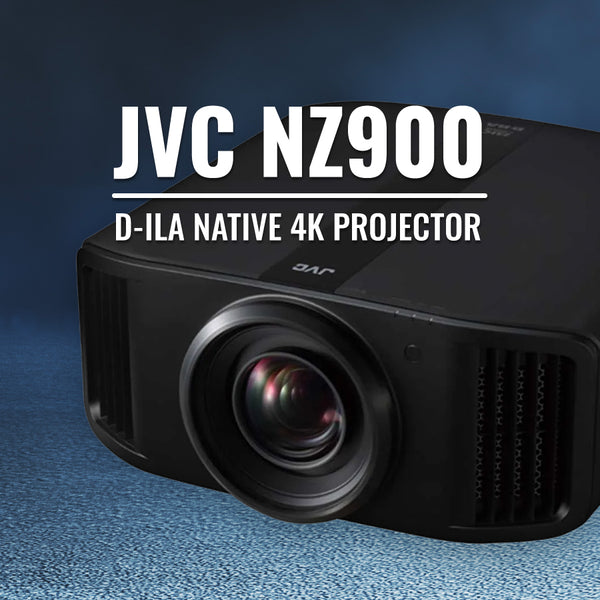What are Foot-Lamberts and Why Do I Care?
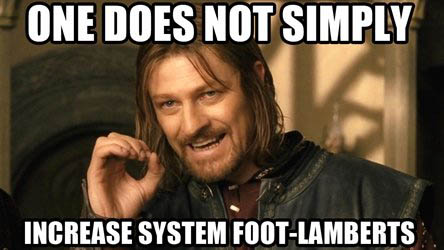
Foot-lamberts (ftL) are the unit of measure used by the motion picture industry to specify how much light should be reflected off the movie screen in a 1-foot x 1-foot area.
The Society of Motion Picture and Television Engineers (SMPTE) recommends 16 foot-lamberts in a dark movie theater. This is the standard for a professional cinematic viewing experience.
For environments with high levels of ambient light, maintaining good contrast is essential.
We recommend a total luminance of 40ftL for environments with moderate levels of ambient light and 60ftL for environments with high levels of ambient light.
You may find that lower levels are acceptable to you; you may also find that brighter values to be hard on your eyes in a room with controlled lighting.
Fortunately many projectors have settings to allow you to dial down the brightness should you find it to be too bright.
A good layman’s rule of thumb is to have a total luminance of between 16-30 ftL in a dedicated theater space.
Anything lower than 16ftL in a completely dark room is not recommended.
The higher the ftL, the brighter the image will be for the audience.
Example:
You have a 220” diagonal screen that is 16 feet wide and 9 feet tall – a 16:9 aspect ratio.
This screen with dimensions of 16’ x 9’ has a total surface area of 144 square feet. (16' x 9')
If you pair this screen with a 2,000 lumen 16:9 projector the math is as follows:
2,000 (projector lumens) ÷ 144 (screen area) = 13.9 ftL
This falls just shy of the recommended luminance range, due to the size of the image. If you were to reduce the image size to a 180” diagonal (13’ x 7.3’ = 95 square feet) than the math is as follows:
2,000 (projector lumens) ÷ 95 (screen area) = 21 ftL
In this scenario you have more than ample luminance to deliver a bright image and a good viewing experience by reducing the size of the image you are trying to throw.
Don’t want to go smaller with your screen? You don’t need to with a higher gain screen surface. (What is Gain? – Read our Screen Gain Explained article.)
All of the above formulas are making the assumption of throwing the projected image against a 1.0 gain screen surface.
This would be represented in the formulas as:
(Projector Lumens ÷ Screen Area) x Screen Gain = ftL
So, in our original example where we netted only 13.9 ftL, if we introduce a 1.3 gain screen the formula changes as such:
2,000 (projector lumens) ÷ 144 (screen area) x 1.3 (screen gain) = 18.07 ftL
Congratulations! We have now taken this image from below the SMPTE standard of 16ftL to over 18ftL and provided a bright enough image for that particular screen size.

How Many Foot Lamberts Do I Need?
The number of foot-lamberts your projection set up needs depends on what you'll be using it for. For darker rooms like a home theater you'll need less, for brighter rooms like a conference room you'll need to have more.
| FTL | VIEWING | Room Situations |
| 0-15 | Not bright enough | N/A |
| 16-26 | Good for dark room | Home Theater Room |
| 27-39 | Good for low ambient light | Den, Man Cave, Darkened Conference Room |
| 40-59 | Good for medium ambient light | Living Room, Classroom, Office Meeting Room |
| 60+ | Good for high ambient light | Outdoor Movies, Convention Hall, Lecture Hall |

